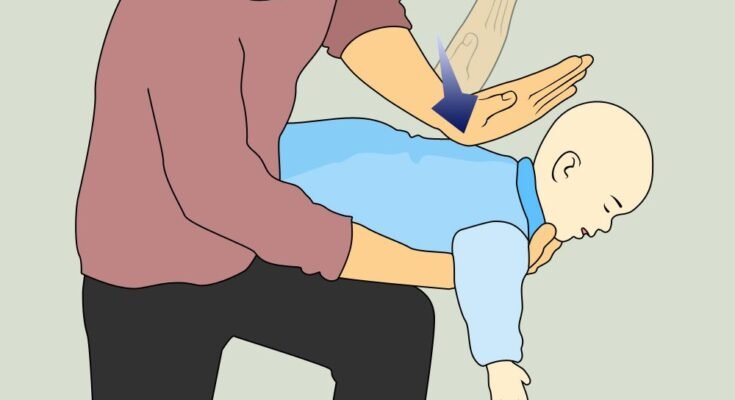As parents, ensuring our children’s safety is always a top priority. From babyproofing the house to teaching them road safety, there’s a lot to keep in mind.
However, one aspect that often gets overlooked is choking first aid. Knowing how to respond swiftly and effectively in the event of a choking emergency can truly be life-saving. So, let’s dive into what every parent should know about first aid for choking.
Recognising the Signs of Choking
The first step in providing choking first aid Australia is recognising when someone is choking. The signs may vary depending on the age of the individual, but common indicators include:
- Clutching at the throat
- Inability to speak or difficulty breathing
- Turning blue in the face
- Making high-pitched sounds while inhaling
If you notice any of these signs in your child or anyone around you, it’s crucial to act quickly.
Acting Swiftly: Steps for Choking First Aid
When it comes to choking first aid Australia, every second counts. Here’s what you should do:
Assess the Situation: Determine if the person is able to cough or speak. If they can, encourage them to keep coughing to try to dislodge the object on their own.
Perform the Heimlich Maneuverer: If the person is unable to cough or speak, immediately perform the Heimlich maneuverer. Stand behind them, wrap your arms around their waist, and make a fist with one hand. Place the thumb side of your fist just above the person’s navel and below the ribcage. Grasp your fist with your other hand and thrust inward and upward forcefully.
Back Blows and Chest Thrusts for Infants: If the choking person is an infant, the Heimlich maneuverer is not recommended. Instead, lay the infant face-down on your forearm and deliver five back blows between the shoulder blades, followed by five chest thrusts.
Call for Emergency Assistance: If the choking persists after attempting choking first aid, call emergency services immediately. Time is of the essence in these situations.

Prevention is Key
While knowing how to respond to a choking emergency is crucial, prevention is always the best approach. Here are some tips to help prevent choking incidents:
- Cut food into small, manageable pieces, especially for young children.
- Encourage children to chew their food thoroughly and eat slowly.
- Keep small objects such as coins, buttons, and small toys out of reach of young children.
- Supervise children closely while they are eating or playing to prevent them from putting small objects in their mouths.
Learn CPR
In addition to choking first aid Australia, learning CPR (cardiopulmonary resuscitation) can further equip you to handle emergency situations. Many organisations offer CPR certification courses that cover both adult and infant CPR, as well as choking first aid.
Conclusion
In moments of crisis, it’s natural to feel overwhelmed. However, staying calm and being prepared can make all the difference. By familiarising yourself with choking first aid techniques and taking preventive measures, you can help ensure the safety and well-being of your family.
Remember, accidents can happen anytime, anywhere. By being proactive and knowledgeable about choking first aid, you can be ready to respond effectively and potentially save a life.
So, let’s all commit to learning and sharing this vital information. Together, we can create safer environments for our loved ones.




